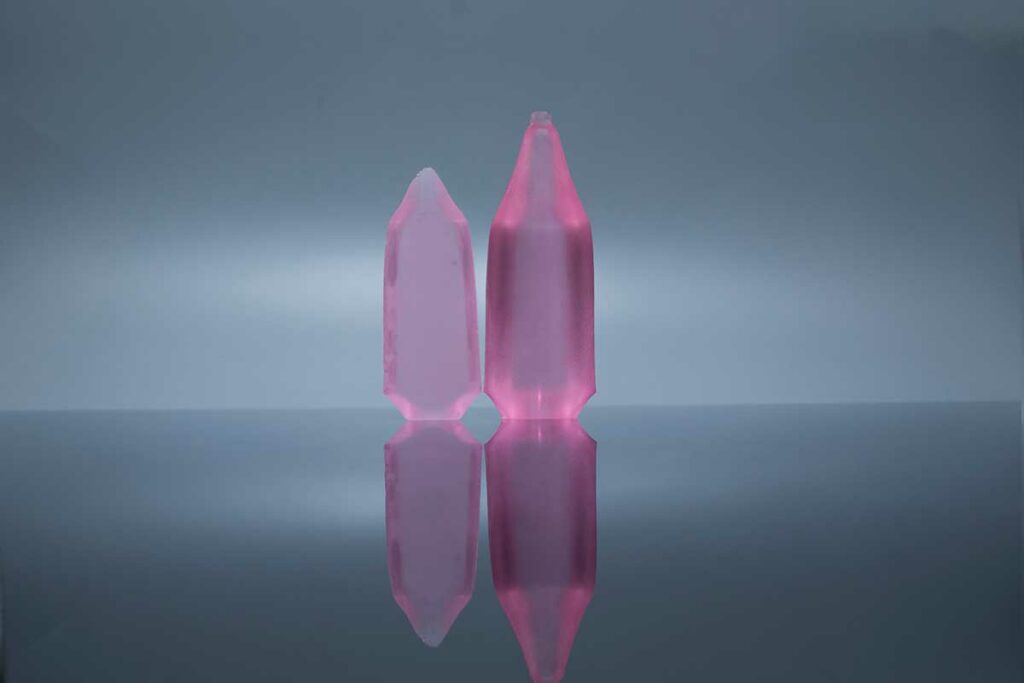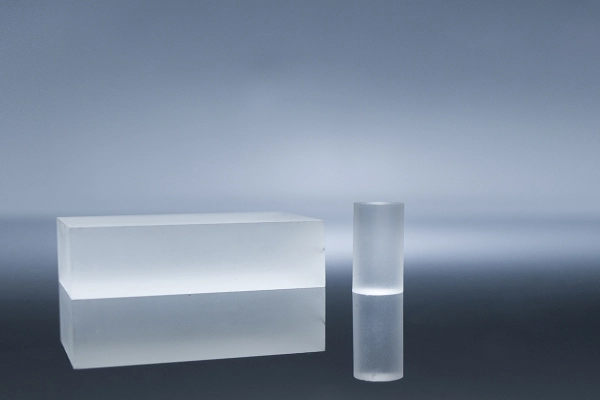Exploring Erbium-Doped Crystals: Key Players in Laser Technology
Introduction Erbium-Doped Crystals the world of laser technology is deeply intertwined with the science of crystallography. The properties of specific crystals, when manipulated accurately, can lead to incredibly precise and powerful laser emissions. One class of such crystals involves those doped with rare earth ions, such as erbium. Today, we explore five common erbium ion-doped crystals and their importance in the realm of laser technology: Er:YAG, Er:GGG, Er:YAP, Er:YLF, and Er:YSGG. Er:YAG (Erbium-doped Yttrium Aluminum Garnet) Er:YAG, short for Erbium-doped Yttrium Aluminum Garnet, is a crucial crystal in the field of laser technology. Utilized predominantly for its strong water absorption …
Exploring Erbium-Doped Crystals: Key Players in Laser Technology Read More »










